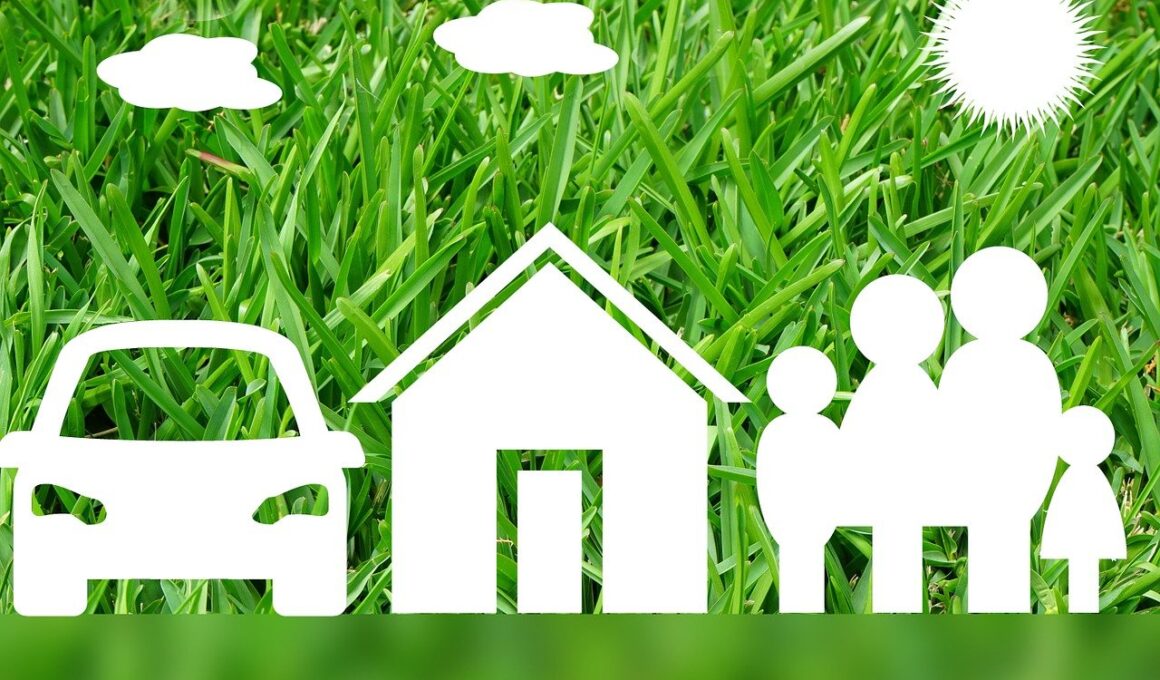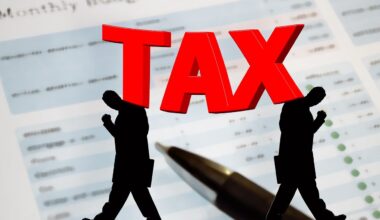Can You Use a HELOC to Buy a Second Property?
When considering financing options for purchasing a second property, many homeowners contemplate the use of a Home Equity Line of Credit (HELOC). A HELOC allows homeowners to borrow against the equity they’ve built up in their primary residence, providing them with access to significant funds that can support new investments, such as a second home. This type of financing can be appealing, especially for buyers who may not have sufficient cash reserves or who prefer not to liquidate other investments. The equity in a home typically accumulates steadily, so a homeowner with a good amount of equity may have various funding options open to them. Additionally, HELOCs often come with lower interest rates compared to personal loans or alternative financing methods. However, qualifying for a HELOC requires an evaluation of the homeowner’s current debt-to-income ratio, credit score, and overall financial health. These factors play a critical role in determining how much a homeowner can borrow through a HELOC for their second property purchase.
Before opting for a HELOC, it’s essential to understand both the benefits and risks associated with using this financial vehicle. A primary advantage of a HELOC is its flexibility. Borrowers can draw funds as needed rather than receiving a lump sum, which is common in traditional loans. This approach allows homeowners to manage their cash flow more effectively, using the drawn funds for down payments or home renovations. Furthermore, as interest on a HELOC is often tax-deductible if the funds are used for acquiring or improving a primary or second property, it may lead to overall savings on taxes. However, potential borrowers must also consider the risks involved in taking out a HELOC. One major concern is the variable interest rate associated with HELOCs, which can change over time, potentially increasing monthly payments. Homeowners must ensure they can afford repayments even if interest rates rise significantly. It’s also critical to have a solid repayment plan in place to reduce dependency on the line of credit and avoid excessive debt.
Understanding How to Qualify for a HELOC
To successfully qualify for a HELOC, homeowners need to demonstrate their ability to repay the borrowed amount based on several key factors. Financial institutions typically assess the equity available in a homeowner’s property, which is calculated by subtracting the remaining mortgage balance from the home’s appraised value. Generally, lenders allow homeowners to borrow up to 85% of their home equity, which provides significant leverage, particularly if the property has increased in value over time. Lenders also consider the borrower’s credit score, with many institutions requiring a minimum score for favorable terms. Higher credit scores often lead to lower interest rates and better borrowing limits. Additionally, lenders examine the borrower’s income, debt-to-income ratio, and overall financial stability. A low debt-to-income ratio suggests the borrower can handle additional debt better. Understanding these criteria can help prospective buyers prepare to apply for HELOC funding, thereby improving their chances of securing amounts sufficient for their second property investment.
Another important aspect of utilizing a HELOC to buy a second property is understanding the repayment terms. HELOCs typically consist of two phases: the draw period and the repayment period. During the draw period, borrowers can access funds for a predetermined number of years, making interest-only payments on outstanding balances. This phase allows homeowners to borrow as needed without the pressure of full payment until they enter the repayment period. However, once the draw period ends, the loan transitions to full repayment, and borrowers must start paying both interest and principal, leading to higher monthly payments. It’s crucial for homeowners to plan ahead for this transition and budget accordingly to avoid financial strain once the repayment period starts. Many homeowners overlook the impact of these shifts, assuming they will have adequate resources to manage payments without strategizing. Before utilizing a HELOC in this manner, conducting thorough research on lender policies, fees, and action plans during both phases is advisable to ensure smooth financial management moving forward.
Alternatives to HELOC for Second Property Purchase
While a HELOC can be a convenient choice for buying a second property, particularly for those with substantial home equity, it’s important to consider alternative financing options as well. One option is a traditional second mortgage, which allows homeowners to borrow against their existing home as a lump sum rather than accessing funds as needed. With fixed interest rates and a set repayment schedule, this option can provide predictability for homeowners. Another alternative is a cash-out refinance, where the homeowner refinances their primary residence for a larger amount than what is owed and receives the difference in cash, which can be used for purchasing a second property. This method can also secure a lower interest rate compared to existing mortgage rates. Additionally, conventional loans available through various lenders can serve as an option for those seeking a straightforward approach. These loans may not require equity and can accommodate buyers who meet necessary income and credit conditions, opening doors for many potential second property investors.
It’s also wise to evaluate the financial implications of using a HELOC versus other financing methods. While HELOC applications may be less stringent for borrowers with good credit, the fact remains that the overall cost involved must be analyzed. Factoring in closing costs, interest rates, variable fluctuations, and any associated fees is crucial. Homebuyers should also contemplate how the use of a HELOC affects their primary mortgage and the overall financial situation, particularly when balancing two properties. It’s essential to ensure that the payment plans for both loans fit within the budget without leading to risk. Furthermore, examining individual circumstances, including job security and long-term financial goals, will help determine whether utilizing a HELOC makes sense in terms of profit potential and long-term wealth building through real estate. With careful planning and research, leveraging a HELOC or other financing options can lead to creating a valuable real estate portfolio.
Conclusion: Is a HELOC Right for You?
Deciding whether to use a HELOC to buy a second property ultimately depends on individual financial situations and risk tolerance. While this option provides flexibility and potential tax benefits, it must be approached with caution. Understanding the risks and repayment conditions is vital to avoid future financial distress. Homeowners should conduct a thorough evaluation of their current financial status, including current debts, income levels, and future expenses. Engaging with a financial advisor could be beneficial in providing expert guidance tailored to specific circumstances. Finding the right strategy to finance a second property is critical, and a HELOC could be just one potential avenue to explore. Given the fluctuating nature of interest rates and housing markets, ensuring a solid financial cushion and having clear contingency plans are essential to minimize any adverse impacts. Properly managing investment properties and utilizing home equity wisely can expand the potential for genuine gains in real estate. Thus, if one concludes that a HELOC aligns well with their objectives, then proceeding may be a strategic decision for growth.
When considering financing options for purchasing a second property, many homeowners contemplate the use of a Home Equity Line of Credit (HELOC). A HELOC allows homeowners to borrow against the equity they’ve built up in their primary residence, providing them with access to significant funds that can support new investments, such as a second home. This type of financing can be appealing, especially for buyers who may not have sufficient cash reserves or who prefer not to liquidate other investments. The equity in a home typically accumulates steadily, so a homeowner with a good amount of equity may have various funding options open to them. Additionally, HELOCs often come with lower interest rates compared to personal loans or alternative financing methods. However, qualifying for a HELOC requires an evaluation of the homeowner’s current debt-to-income ratio, credit score, and overall financial health. These factors play a critical role in determining how much a homeowner can borrow through a HELOC for their second property purchase.


